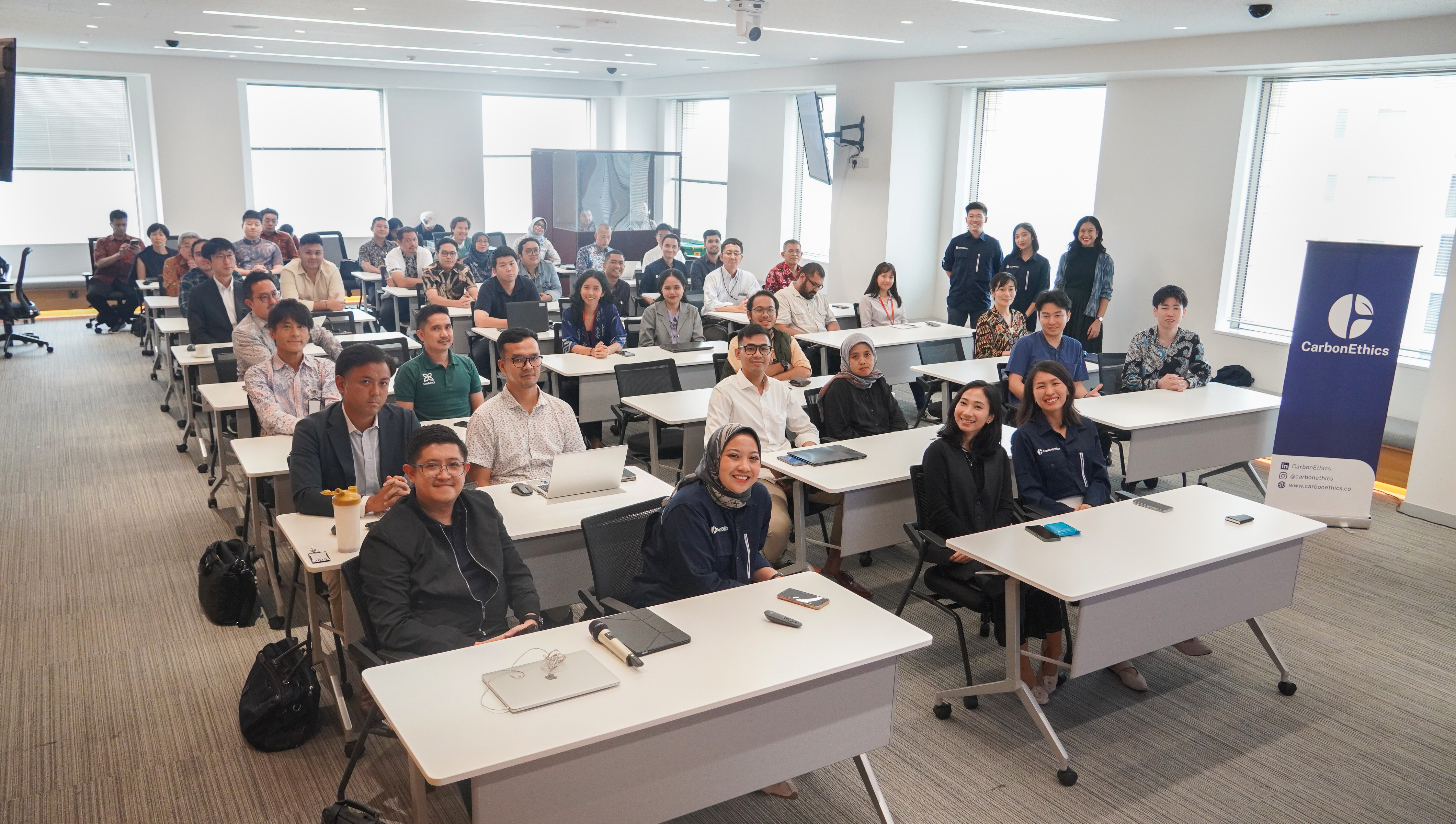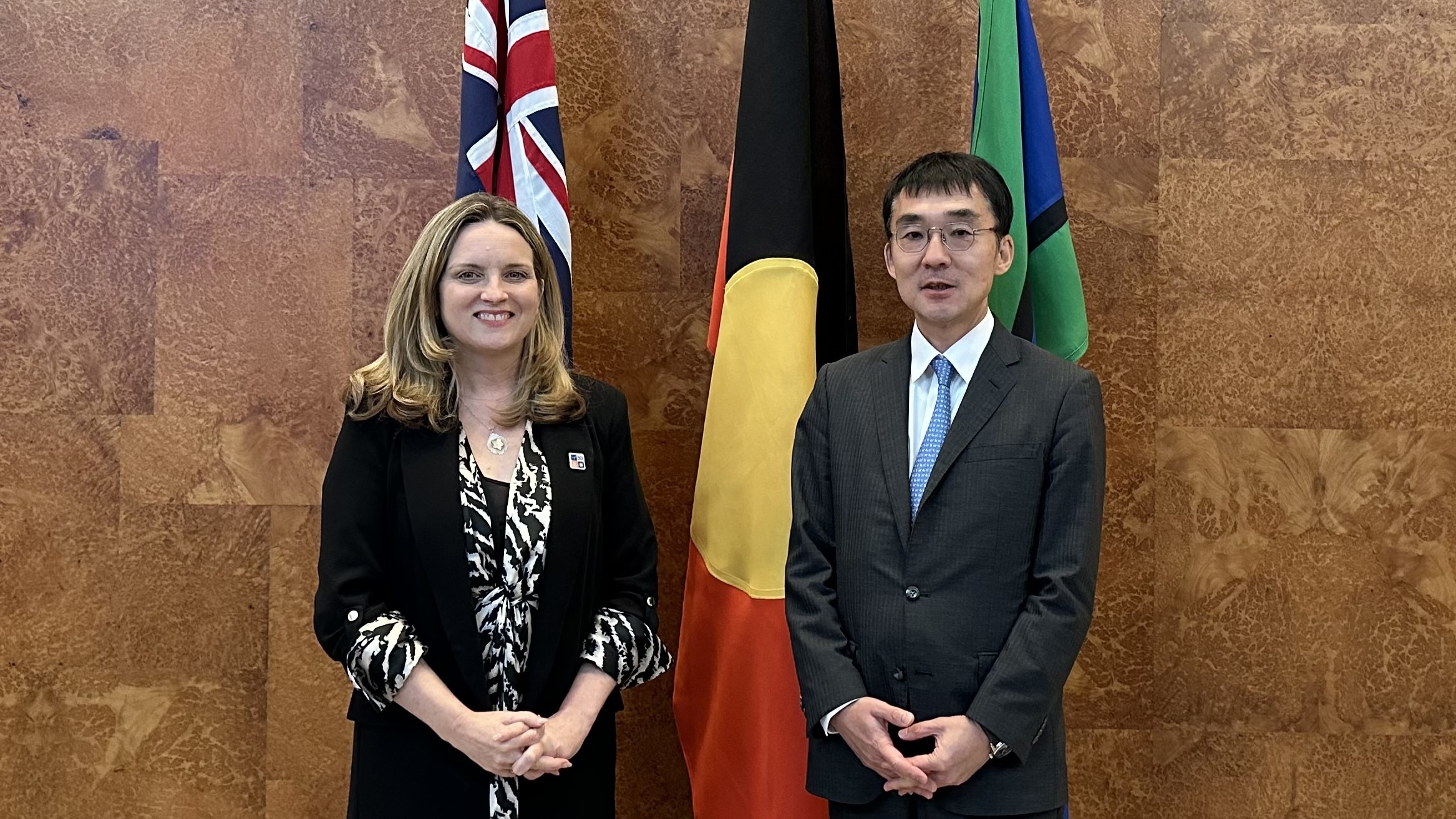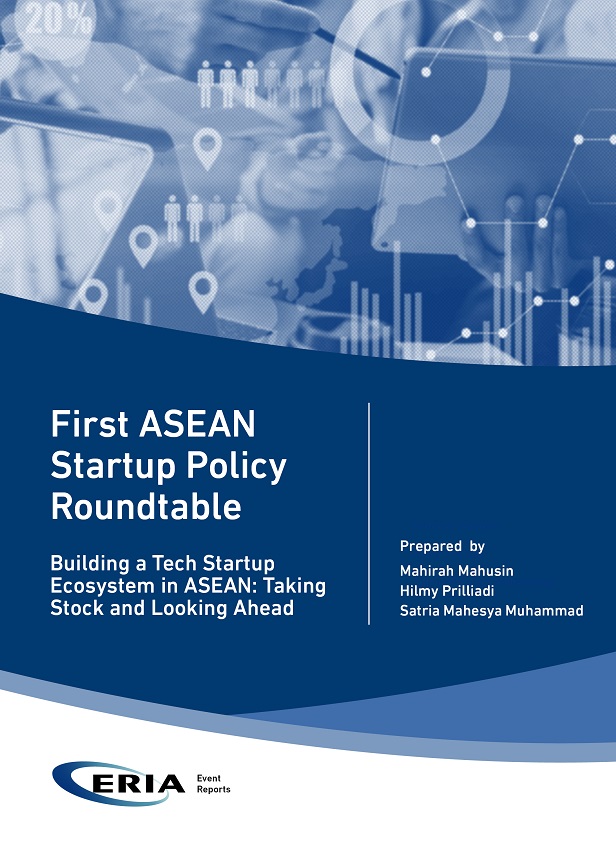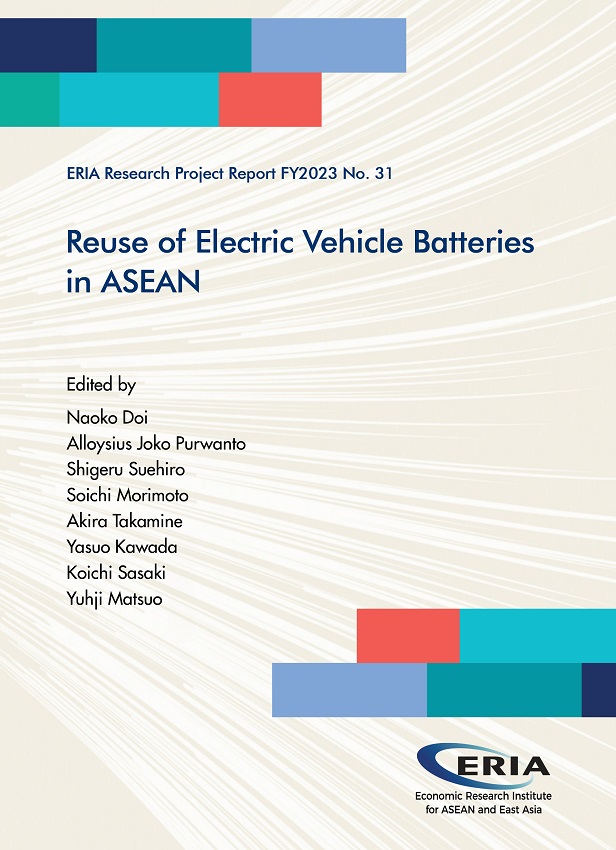ADB at 50: Is it Ready to Face the New Challenges and Stay Relevant?
Date:
10 May 2017Category:
OpinionsShare Article:
Print Article:
More than 5,000 high profile delegates from all over the world are expected to attend the 50th Annual Meeting of the Asian Development Bank (ADB) Board of Governors from 4 to 7 May in Yokohama, Japan. Founded in 1996, the ADB aims to alleviate poverty in the Asia Pacific by promoting inclusive economic growth, environmentally sustainable growth, and regional integration. To achieve this, it provides catalytic non-concessional and concessional loans, grants, and technical assistance to the governments and the private sector in developing member countries.
Changings Mandates and State of Asian Development
Over the 50 years of its existence, ADB's primary focus has evolved from promoting agricultural production to supporting large infrastructure projects and the strengthening of regional connectivity programmes. As a result, many countries in Asia are successful in establishing a virtuous cycle of fast economic growth, stability, and prosperity. Average annual gross domestic product growth in Asia and the Pacific was nearly 7% over the last decades, despite the negative effects of the two major economic crises. Cumulative net foreign investment in the last 2 decades was nine times as high as in the previous 2 decades. About 600 million people in the region are estimated to have been moved out of extreme poverty over the last 4 decades. Fifty years into ADB's operations, the Asia-Pacific region faces an entirely new set of developmental dilemmas. Despite the impressive gains so far, Asia still has more poor people than Africa and Latin America. The benefits of infrastructure development and connectivity have not been fully realised, as the composition of investment flows into the region is highly uneven. Foreign direct investment remains focused on natural resource extraction, and most infrastructure investments in recent years have been geared towards telecommunication services, leaving huge unmet needs in energy, water, and transport infrastructure. The basic concept of development itself is challenged by climate change risks. And the middle-income trap is very real and hard to solve. Clearly, there is a role for ADB in addressing these issues, though developing countries have a wide range of private and public institutions, including the newly established Asian Infrastructure Investment Bank, to provide the required capital.
The Strengths of ADB
The ADB has a unique set of characteristics that cannot be easily duplicated by other development institutions operating in Asia. Famous for its Asian characteristics and Japanese Face, ADB tends to be administered in a style that respects consensus and harmony. It has a strong bureaucracy and strict hierarchy that are reminiscent of Japanese values. Every president of the ADB to date has been Japanese and the United States is the second largest non-borrowing shareholder. Of the borrowing shareholders, China, India, and Indonesia have more ownership of the Bank than other borrowers, although still significantly less influence than either Japan or the United States. Japan has contributed roughly 50% of all the development funds for concessional lending in the past 5 years. Nonetheless, ADB has a solid equity capital that can sustain non-concessional lending operations for many years to come without shareholder contribution.
The multilateral nature of the ADB positions it well in terms of legitimacy, ownership, and development effectiveness. Bilateral development projects are often fragmented and respond to the domestic political agenda of the donor country, and not always the priorities of recipient countries. By grouping together 67 shareholding countries, the ADB's governance structure gives its operations a less politicised and more technical character than bilateral donors, strengthening its legitimacy in the eyes of developing member countries. ADB is truly Asian in character - with nearly 70% of shares owned by Asia-Pacific countries, and 8 out of 12 elected resident directors and the President coming from the region, it is the largest development institution dedicated solely to the region. As such it can foster a comprehensive development vision for the region and promote national activities to realise that vision, rather than simply financing atomised individual projects without a regional perspective. ADB's staff are predominantly from the region, giving it a repository of specialised knowledge and understanding of Asia, and ADB has the scale and credibility to play an important convening role amongst governments and the private sector.
Challenges to ADB Arising from Changing Needs
ADB has two lending windows - market based non-concessional loans to middle-income countries and concessional loans and grants to low-income countries at below market rates. Lending from the ADB's market based non-concessional finance window has been declining, which poses a major challenge to the institution in the longer run. As more countries are about to move into the middle-income category, for ADB to remain useful to them is difficult, due to increasing sophistication of their public administrations and demands for niche services from ADB that cannot be offered by other private institutions. ADB has not yet been able to adopt to this new reality, and as a result is not well positioned to support fast growing middle-income countries.
Another reason why some large low- and middle-income economies are less inclined to borrow from ADB is the bank's highly bureaucratic and inflexible operating style. Delays represent a significant opportunity cost, especially for projects with high economic and developmental impacts. It should come as no surprise that some borrowers are willing to pay higher interest rates in exchange for accessing resources in a matter of weeks, rather than the 2 years or more between the beginning of loan preparation and the first disbursement by ADB. Slow procedures are the result of an Asian culture of risk aversion and an obsession with process, derived largely from mandates and controls.
A perceived weakness in sustainable development knowledge and policy advice also limits the recipient country's demand for ADB financial services. Both low- and middle-income country officials increasingly seek out international knowledge and best policy practices as much as or more than pure financing. This is a key attraction of the World Bank, which to some extent offsets its lengthy and bureaucratic loan procedure. The mid-term review of Strategy 2020 highlighted knowledge products as critical, and called for consciously and actively blending knowledge with financing. While this may be a laudable aim in light of ADB's limitations, it does not spell out how this will happen in operational terms such that the Bank is perceived as providing unique value added to clients, which is essential for maintaining close relationships with senior officials in member countries. For them, it is not the volume of knowledge products that has been important, but its relevance. ADB is not well known for its knowledge services, when compared with the World Bank, the International Monetary Fund, international think tanks, and private consulting firms. The carefully thought out independent evaluation reports do not have high visibility in client countries, and are not much used by its own ADB operational staff in terms of fulfilling the new developmental need of the countries.
ADB financing of private sector activity is growing rapidly and has a very high potential development impact; but it also carries risks. ADB expects to increase its lending to 50% of annual operations by 2020, although it is not clear how much is expected to be delivered in the form of non-sovereign lending. A sharp increase in private sector activity should be matched by ADB's internal human resource capacity. If not, it could weaken the overall portfolio of public lending. Private sector financing operations are inherently riskier than sovereign guaranteed loans, but this should not be a reason to shy away from them. The ADB's job is to assume the risks in the interests of development effectiveness, while paying close attention to the de-risking tools needed.
Moving Forward
Given the multiple challenges and the declining role of official development assistance in overall capital flows, and the emergence of new sources of finance, ADB should constantly reorient its business operations. But clearly ADB continues to have an important role in shaping quality growth and filling infrastructure gaps. ADB can overcome the obstacles by starting work immediately on the following five agendas:
- Work towards more representative governance with a greater voice for Asian members. ADB should remain an Asian Bank, which requires giving countries like China, India, and Indonesia more influence. The sheer geographic size of these countries and other middle-income countries make them crucial for regional development. Moreover, they will continue to host the vast majority of poor people. They have a unique opportunity to shape more joint-up approaches to quality growth.
- Reform the lending approval process such that it seeks the minimum level of information and review required to achieve the developmental goals of poverty reduction. A streamlined risk based approval process will be essential to remain efficient. The country offices could be empowered to make decisions, within the context of a long-term strategic framework, and negotiate with member countries accordingly.
- Do more to provide intellectual leadership in the region. Strengthen the role of knowledge departments with an increase in funding to match, enabling them to become centres of excellence on Asia specific knowledge on poverty reduction, sustainability, and infrastructure connectivity unique to region and its need. Develop targeted knowledge products and services - paired with financing and stand-alone. Avoid traditional knowledge products - and instead use more concise knowledge products that cannot be easily delivered by regional think tanks, universities, and private consultants. Focus on just-in-time policy briefs on key issues facing officials; programmatic research products to address complex ongoing challenges; and more formal knowledge exchanges among member countries.
- Take a more active role in initiating projects that combine the strengths of private sector and developmental effectiveness with strong economic rationale. ADB staff - especially country directors and private sector specialists based in the country offices - could be actively involved in selecting the private sector projects that suit ADB's long-term strategic goals and targets.
- Keep the operational focus on inclusive sustainable growth and infrastructure connectivity, by playing a strong role in facilitating development of policies, programmes, and co-financing that are essential to reducing the gaps, estimated to be US$ 8 trillion.
To do this ADB should maintain high-quality professionals. ADB is burdened by rigid staffing quotas and a hostile and opaque hiring process, which needs to be abandoned in favour of innovation, dynamism, and adaptability. ADB has a competitive advantage over other old and new international development institutions. But it has to work harder with a clearer vision, greater confidence, and more flexibility, to maintain its legitimacy at a time of shifting power balances in the Asia-Pacific region and globally.
ADB at 50: Is it Ready to Face the New Challenges and Stay Relevant?
Picture credit: Asian Development Bank








